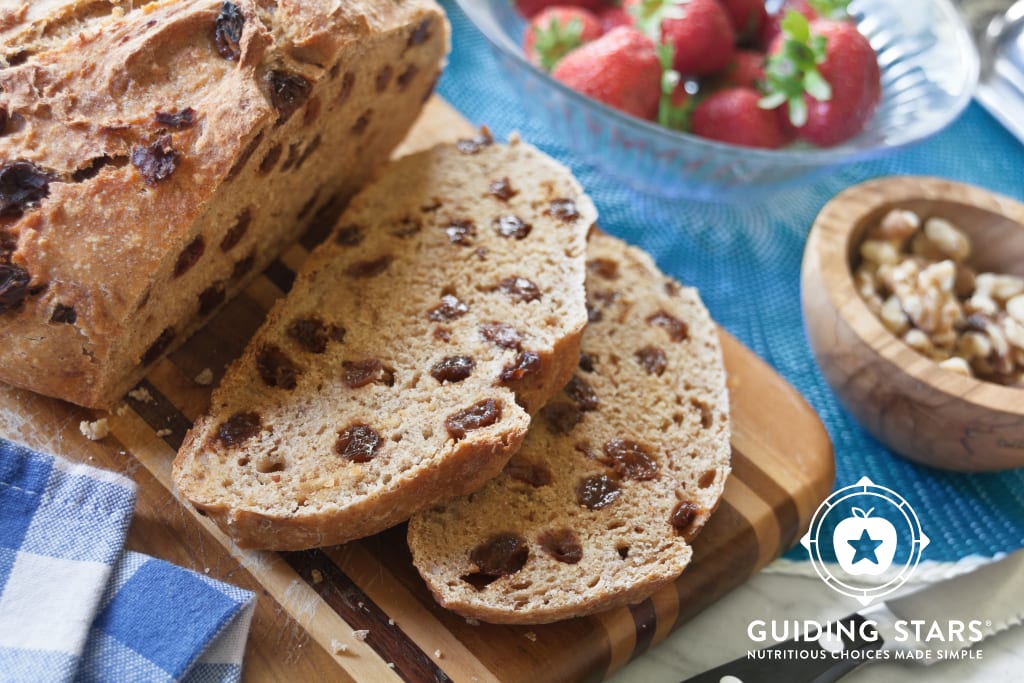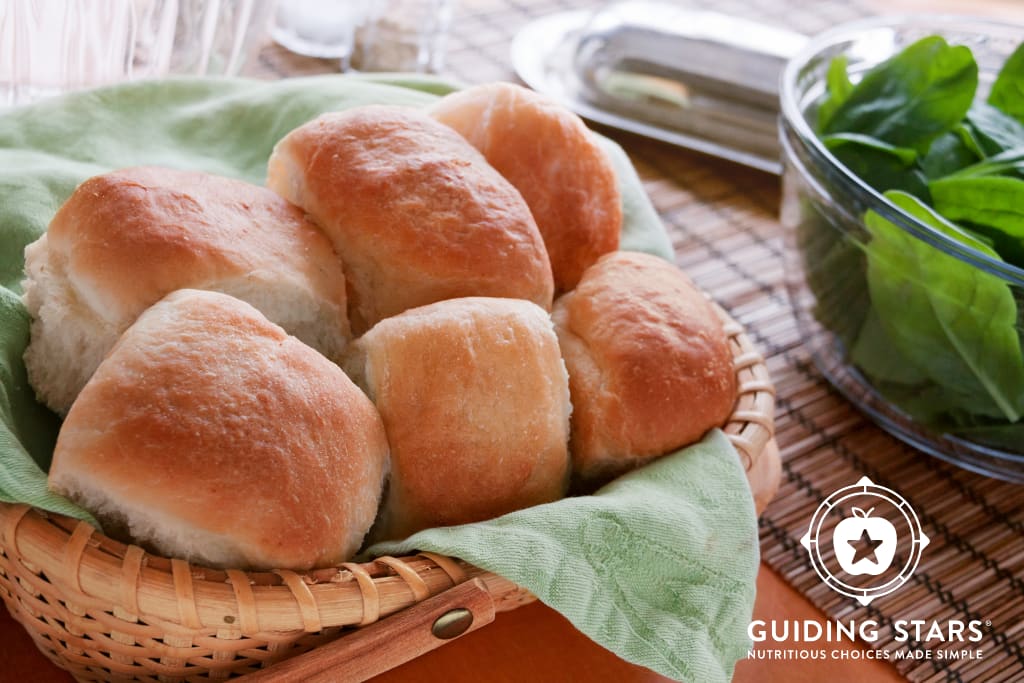
I am starting to lose track of the number of people who have come to me for help troubleshooting their preliminary adventures into the world of sourdough. This is not because I am an expert on sourdough, but because I am one of the few people in my social circle that has been wrestling with the challenge of producing good sourdough as an infrequent home baker for more than a decade now. Which is to say, I’ve turned out enough leaden lumps to have learned some lessons along the way.
Tip #1: Start with no-knead bread.
If you are trying to make yummy artisan bread and are happy with a mildly sour flavor, and especially if you have never before made a loaf of bread, trying to make sourdough is like trying to run a marathon when you’ve never even jogged around the block. It’s not technically impossible, but your odds of ending up with something that won’t break your teeth could be better. No-knead bread, however, takes minimal effort and manages to come out incredibly well most of the time. You can also let the bread teach you what proofed dough looks like and train your senses at bit.
Cinnamon Raisin No-Knead Bread
If you skip the cinnamon and raisins in this recipe, you'll end up with a mildly sour artisan loaf.
View recipe »Tip #2: Move on to rolls or sandwich bread.
If you want a slightly harder challenger than no-knead bread, make a gently enriched (containing some fat via milk, butter, and/or eggs, as well as sugar) dough without a stand mixer. It will help you learn the feel of dough. Most roll recipes like the one below can also be baked up as sandwich bread. Form the dough into a loaf, place in a tin, and bake until the internal temperature of the dough registers about 195ºF…probably 40-50 minutes for the loaf below, depending on your oven. Many enriched breads are higher in nutrients we should limit in our diets, so this recipe here uses mostly whole wheat flour with some additional wheat germ to make the rolls a good source of whole grains.
Soft Whole-Wheat Dinner Rolls
The wheat germ is largely decorative in this particular recipe, so you can make the recipe without it, and the cake flour can be easily subbed with all purpose flour.
View recipe »Tip #3: Be a scientist with your sourdough.
Note the nutrition.
We don’t have a sourdough bread recipe in the Guiding Stars database. I’m fairly confident I could develop one that would rate, but we also prioritize developing recipes that are reasonably easy to replicate, and that is not sourdough. A basic sourdough formula is just water, yeast, flour, and salt, though. Yeast and water don’t impact the Guiding Stars rating because they’re under 5 calories per serving. Added sodium takes points away from foods, and flour varies in its nutrient content depending on whether it’s a whole grain and how it has or hasn’t been enriched with vitamins and minerals. So the levers on nutritional density you can move around are salt and flour. Aim for less salt (I’d try under 2 tsp. per loaf) and a higher percentage of whole grain. If you’re committed to learning how to bake whole-grain breads, buy some vital gluten and sub it for part of your flour. I use about 1 oz. per pound of dough, which is a typical single-loaf recipe.
Let’s talk leavening.
The most common problem I hear is that people end up with a flavorful-but-brickish final loaf. Every single first-timer has done the same thing on the advice of some baking blog that advocates purity over pragmatism, which is to say, they’ve only leavened the loaf with their starter culture. Now, I’m not saying that you can’t get there from here, but you’re definitely not going to get there without doing an overnight retarded proof of the dough. There is a maximum population density in any given bit of starter, based on the food you’ve given it, and you’re not increasing that by feeding it all week. You’re letting it grow and removing some volume to replace it with fresh food for the remaining yeast to keep them alive, and that’s good, but you’re not going to improve the rise of your loaf a whole heck of a lot just through the feeding. What you’re really doing for sourdough when feeding a starter is giving the fermenting bacteria that provide the sour flavor a chance to establish. Now, when in the feeding cycle you use your starter will impact the yeast density, but more factors than simply watching the clock impact that process, and you need to learn to read a starter if you’re dedicated to the purist method. Personally, I always add a little bit of instant yeast to my dough before autolyse…only maybe half a teaspoon if I’m taking the time to retard the rise, maybe double that if I’m aiming for a faster rise.
Always autolyse.
I don’t know why so many baking blogs I’ve come across gloss over or skip mentioning autolyse. This is the stage where you mix everything (except the salt) together just enough to form a ball. Then you cover it and leave it at room temperature for 20-60 minutes, after which you add the salt and finish kneading. This process allows the flour to absorb the water, which improves the flexibility of the gluten proteins, which in turn will reduce the required kneading time. It also gives the yeast a head start to start chewing on the fresh source of food (i.e., the flour) and begin their rising action before salt is introduced, retarding the process. Work smart, not hard.
Don’t skip the salt.
Added sodium is, of course, something to limit in our diets and is a nutrient Guiding Stars takes points from foods for. That being said, you cannot make good bread without at least some salt. My experience is that I can easily cut the salt of most popular recipes down by a half or a third without hurting the flavor, but I cannot tell you how many loaves of bread I have outright ruined by forgetting to add any salt at all at the end of autolyse. Which brings up another point: it is incredibly easy to forget the salt after autolyse, so leave yourself a note. I have done this so many times that I literally have a strip of brightly colored duct tape with a rude note to myself about remembering salt on the top of my mixer. Salt matters in bread.
Use a thermometer.
Another trick bakers love is to tell you how to judge loaf doneness by smell or color or what have you. That’s a learnable skill. Eventually. If you have a probe thermometer, however, you don’t need any skill whatsoever to judge the doneness of a bread. I use 195ºF as a benchmark. Some people will tell you to go up to 200ºF, or even 205ºF, but to them I say, “Fie!” Carryover cooking will bring the bread up high enough, and letting the bread carry over from the boiling point is just going to leave you with a drier loaf that will go stale faster. Which leads to another point:
Do not cut that warm loaf. No.
Not only do you want to give the bread time for carryover cooking to do its work, but also, bread needs to cool before you apply the pressure of a blade. Cutting into a just-out-of-the-oven loaf is a good way to collapse that hard-earned gluten structure you just labored to create. Give it at least an hour before you bring the knife anywhere near it. I know, I know. Everyone wants the warm bread fresh out of the oven. That, however, is what dinner rolls are for.
Practice.
If you want a reliably good loaf that doesn’t risk wasting ingredients during these uncertain times when flour isn’t always easy to find, I cannot in good conscience recommend learning sourdough. It feels like a good end of the world skill to have, making a bread with minimal ingredients, but seriously: the no-knead approach is far less likely to risk waste. If you’ve got plenty of flour and are mostly just throwing yourself into the mastery of something hard in order to give yourself something to do, take a pause and read deeply on the science of how sourdough works. Then keep at it. Baking awesome bread is very much a matter of training your senses.
Whatever route you choose, good luck with the baking. If you’re in the banana bread camp, I’ll have some words for you next Friday, so be sure to either subscribe or check back in next week.

